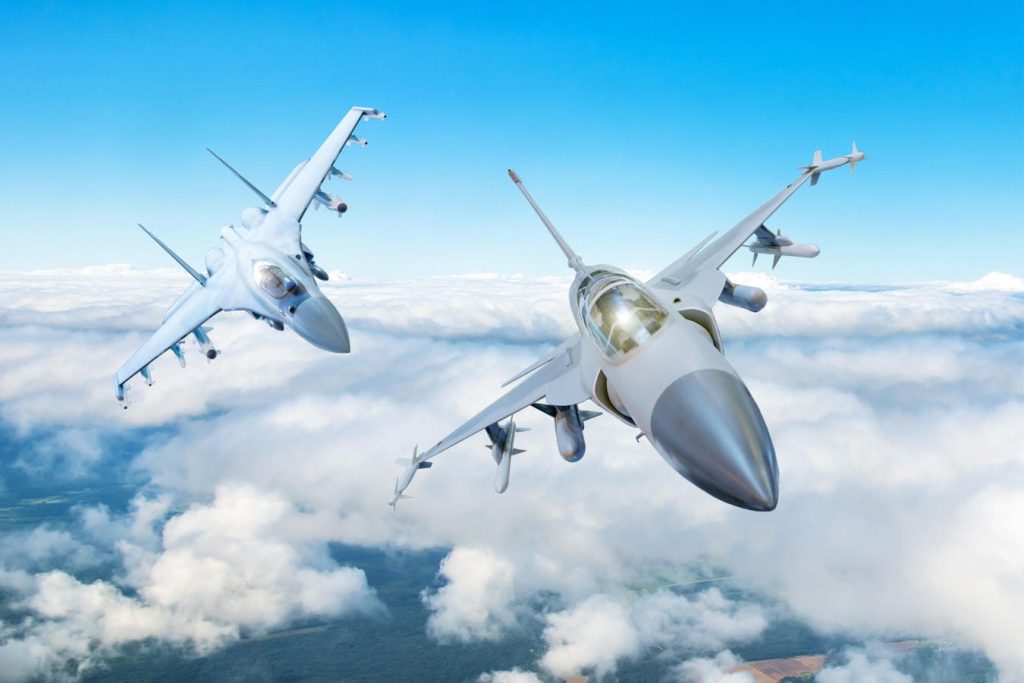The global aerospace and defense industry holds a position of paramount importance, impacting not only national security but also the dynamics of the stock market. The United States, with its substantial defense spending, plays a leading role in this sector, positioning its major contractors for growth amidst escalating international tensions. This analysis delves into the top ten U.S. defense contractors, ranked by their 2024 defense revenue, offering investors valuable insights into potential investment opportunities within this crucial industry.
Amentum, a Virginia-based company specializing in engineering and technical services, secures the tenth position with $5.7 billion in defense revenue. Their expertise lies in supporting critical government missions, particularly within the Department of Defense and other federal agencies. Amentum’s service offerings span a wide range, including logistics, cybersecurity, and nuclear operations, highlighting their diverse contributions to national security. Following closely is Booz Allen Hamilton, renowned for its technology and consulting services tailored for the Department of Defense. With $6.8 billion in defense revenue, the company leverages cutting-edge technologies like artificial intelligence and cybersecurity to address complex defense challenges. Their strong cash flow and diversified portfolio further solidify their attractiveness as a defense investment.
Leidos, specializing in IT services and solutions, ranks eighth with $11.1 billion in defense revenue. They support mission-critical systems for the DoD and other federal agencies, with expertise in cybersecurity, data analytics, and autonomous systems. Securing major contracts, including the Advanced Battle Management System and F-16 engineering services, underscores their consistent revenue growth and future potential. Huntington Ingalls Industries (HII), a leader in shipbuilding and defense technologies, closely follows with $11.4 billion in defense revenue. As the sole builder of U.S. Navy aircraft carriers and a key supplier of nuclear-powered submarines, HII’s strategic focus on naval innovation, including unmanned underwater vehicles and cybersecurity, reinforces its pivotal role in U.S. defense operations.
L3Harris Technologies, known for its advanced communication systems, tactical radios, and next-generation jamming technology, occupies the sixth position with $15.6 billion in defense revenue. Their cutting-edge solutions for the U.S. military, coupled with contracts like the Glide Phase Interceptor and the acquisition of Aerojet Rocketdyne, highlight their growth trajectory. Their focus on margin expansion and cost efficiency further strengthens their position for continued success. Boeing’s defense segment, generating $32.7 billion in revenue, complements its commercial aerospace business. Despite challenges in the commercial sector, programs like the F-15EX fighter jet and satellite systems demonstrate Boeing’s continued innovation and ability to secure key defense contracts.
General Dynamics, with a diversified portfolio spanning combat vehicles, shipbuilding, and IT services, achieved $33.7 billion in defense revenue. Their Gulfstream aerospace division, primarily serving the civilian sector, contributes to their overall strength. The recent $188 million contract for Virginia-class submarine support underscores their continued importance in naval defense. With anticipated profitability increases through improved margins, General Dynamics remains a cornerstone of U.S. defense capabilities. Northrop Grumman, a leader in aerospace and defense innovation, generated $35.2 billion in defense revenue. Known for their contributions to nuclear modernization, the B-21 Raider stealth bomber, and advanced space systems, Northrop Grumman’s focus on cutting-edge technologies is undeniable. Expanding missile production capacity and securing international sales further bolster their backlog and future growth prospects.
RTX, formerly Raytheon Technologies, specializes in missile systems, integrated defense solutions, and advanced sensors, achieving $40.6 billion in defense revenue. Their involvement in hypersonic weapons development and advanced air defense systems highlights their commitment to technological advancement. Strategic divestitures further demonstrate their commitment to shareholder value. At the top of the list, Lockheed Martin dominates the defense sector with a staggering $64.7 billion in defense revenue. Iconic programs like the F-35 Lightning II fighter jet and advanced hypersonic weapons solidify their leadership position. Their expanding space division, including the acquisition of Terran Orbital, further reinforces their commitment to cutting-edge technology and future growth.
The aerospace and defense industry presents a compelling investment opportunity, particularly as geopolitical tensions fuel the demand for advanced military technologies. Investors seeking exposure to this sector can leverage the insights provided by this analysis to make informed decisions, capitalizing on the growth potential of these leading defense contractors. Understanding the strengths, strategies, and key programs of each company allows investors to align their investment choices with their individual risk profiles and investment objectives. As the global landscape continues to evolve, the demand for innovative defense solutions will likely persist, making the aerospace and defense industry a crucial area of focus for discerning investors. Through careful consideration of the market dynamics and the specific performance of these key players, investors can position themselves to benefit from the long-term growth potential within this essential industry.

